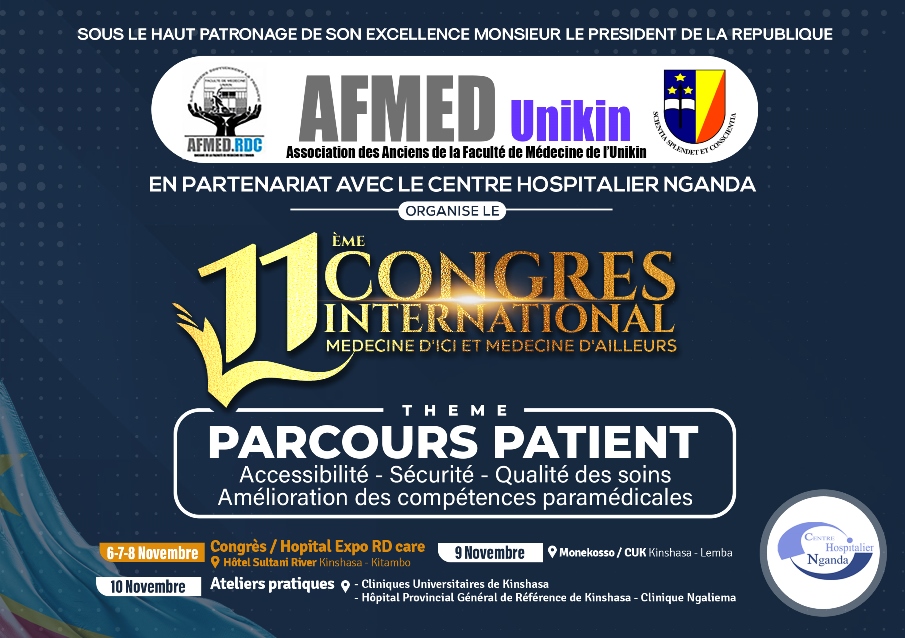Moussouami Simplice Innocent1, Massamba Alphonse1, Moulongo Jean Georges André1,Bazaba Kayilou Jean Michel1, Mboussa Joseph2 and ayembe Ntumba Jean Marie 3
1 Laboratoire de Physiologie de l’Effort et de Biomécanique, Institut Supérieur d’Education
Physique et Sportive, Université Marien NGOUABI, Brazzaville, Congo
2 Département de Médecine, Faculté des Sciences de la Santé, Université Marien NGOUABI et
Service de Pneumologie, CHU de Brazzaville
3 Département de Médecine, Faculté de Médecine, Université de Kinshasa et Service de
Pneumologie, Cliniques universitaires de Kinshasa, Kinshasa, République Démocratique du
Congo
doi: http://dx.doi.org/10.20546/ijcrar.2016.406.002
Journal home page: http://www.ijcrar.com
Abstract
In stable COPD, identify and analyze the factors determining six minutes walking distance and dyspnea the end of the test. Patients were evaluated by
test of lung function. St Georeges respiratoiry questionnaire (SGRQ) and 6 MWT with inspiratory capacity measurements (IC) continuous oxymetry.
Eigthty-two patients (mean FEV 1: 56±19% predicted) were studied. Mean 6-minutes walking distance was 477 ± 89m (72 ± 14PV). Walking distance
during 6MWT(m) was correlated with FEV 1, CI/TLC ratio, TLC, pré-test CI and DLCO/VA. When expressed as percent of predicted values, walking
distance was correlated with FRC, pre-test IC and SGRQ activity score. End test dyspnea was correlated with FRC, pré-test dyspnea and SGRQ activity
and total scores. The factors determining 6-minutes walking distance and end-test dyspnea are complex and include both functional and non functional factors. In COPD, 6MWT is thus an investigation that has additional integrative value.









